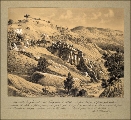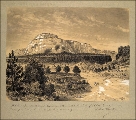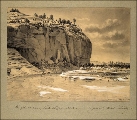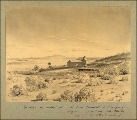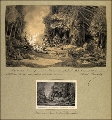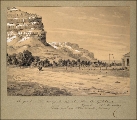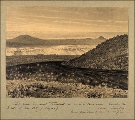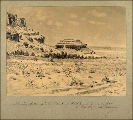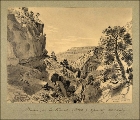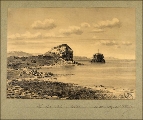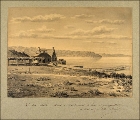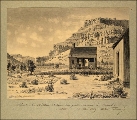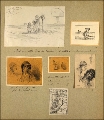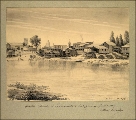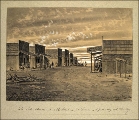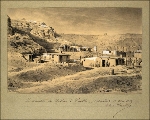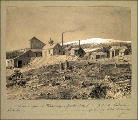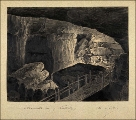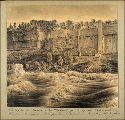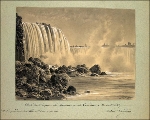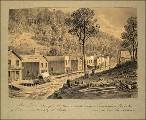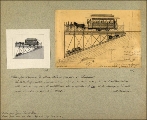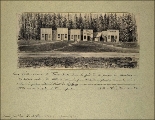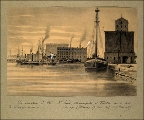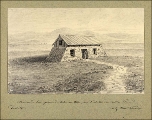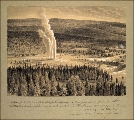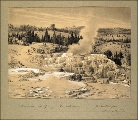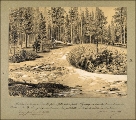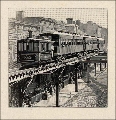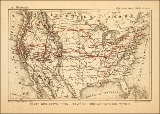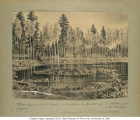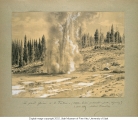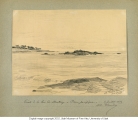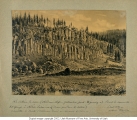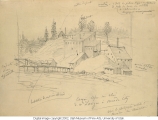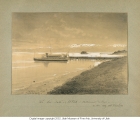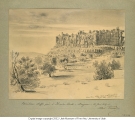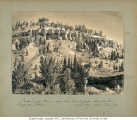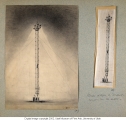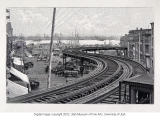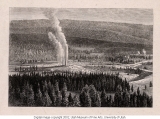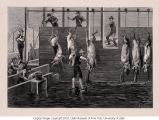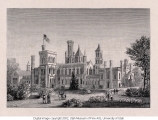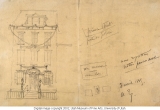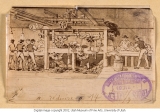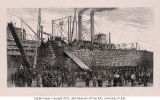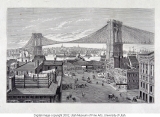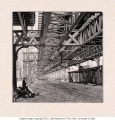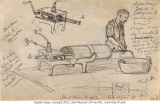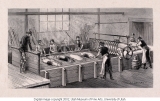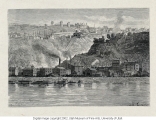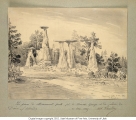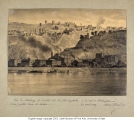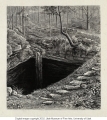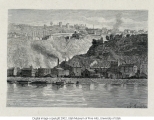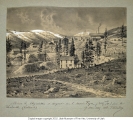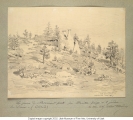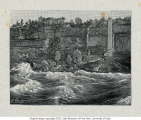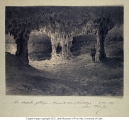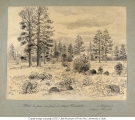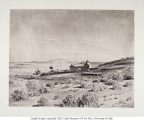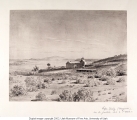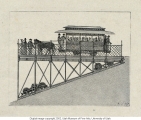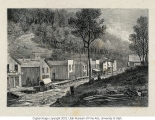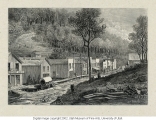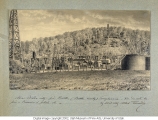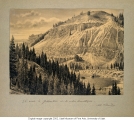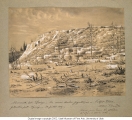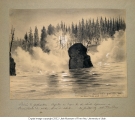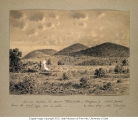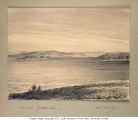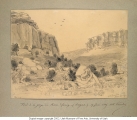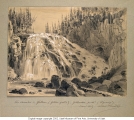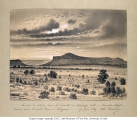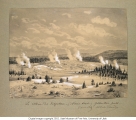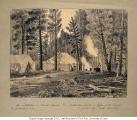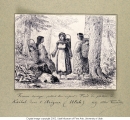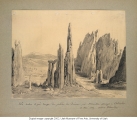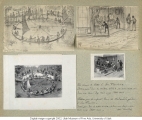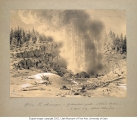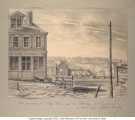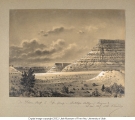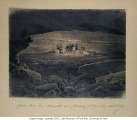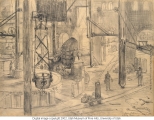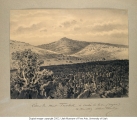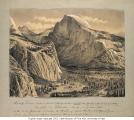| Identifier |
1978_331a_wheatElevators.jpg |
| Title |
The Grain Elevators of St. Paul, Minneapolis and Fulton on the Docks of the Chicago River |
| Alternate Title |
Les elevateurs à blé St Paul, Minneapolis et Fulton sur les bords de Chicago river. Chicago (Illinois) |
| Creator |
Tissandier, Albert 1839-1906 |
| Subject |
Grain elevators--Illinois--Chicago--1880-1890; Waterfronts--Illinois--Chicago--1880-1890; Cities & towns--Illinois--Chicago--1880-1890; Marines (Visual works)--1880-1890 |
| Published Location |
Reproduced in the exhibition catalog, Albert Tissandier : Drawings of nature and industry in the United States, 1885, by Mary F. Francey ([Salt Lake City, UT] : Utah Museum of Fine Arts, 2001), p. 57. |
| Short Essay |
Rich land, plentiful rainfall and a long growing season make Illinois one of the most important agricultural states in the country. Metropolitan Chicago, the country's leading rail center, was also known for its large grain mills and elevators. Here Tissandier records several ships on the Chicago River waiting for grain to be transported from the elevators that border the river. The first grain elevator, built by Buffalo grain merchant Joseph Dart in 1842, had an endless belt system of buckets that could unload grain from the ships more efficiently. The belt was placed in a "marine leg" that would project from a grain warehouse and lowered into a ship's hold to scoop up the grain. Lifted to a great height, the grain could be weighed, sorted, and distributed by gravity to tall bins in the granary. Dart's "elevator", described by its inventor as substitution of modern ingenuity for the "backs of Irishmen", was small but successful. It was a forerunner of a subsequent version that could unload an 1840's lake boat in less than seven minutes, a process that could take seven days with the old method that required baskets, sacks and block and tackle. Another development, incorporated into the grain elevators in 1864, was a steam shovel with a dragline that directed grain into empty buckets. The shovel was a large metal scoop operated from the grain elevator's power supply through a complicated system of ropes rigged in the hold of a ship and operated by men who were known as "grain scoopers". Cost of shipping wheat from midwestern farms to eastern markets was greatly reduced by the elevator and power shovel. The efficiency with which these inventions transported and loaded the grain confirmed Tissandier's positive view of American ingenuity. |
| Publisher |
Utah Museum of Fine Arts |
| Contributors |
Mary F. Francey |
| Date |
1885-08-17 |
| Type |
Image |
| Format |
application/pdf |
| Source |
Albert Tissandier: Drawings of Nature and Industry in the United States |
| Language |
fra |
| Rights Management |
Digital image c2001 Utah Museum of Fine Arts, University of Utah |
| Source Physical Dimensions |
32.38 cm High x 40.64 cm Wide |
| Source Characteristics |
Graphite on paper |
| Light Source |
Kaiser Softlite ProVision 6x55W flourescent 5400K daylight |
| Archival Resolution |
TIFF: 4885 x 4019 pixels |
| Display Resolution |
JPEG: 900 x 746 pixels |
| Bit Depth |
36-bit color |
| Scanning Device |
Leica S1 Pro scanning camera; Hasselblad CFi 50mm F/4 lens; f/11 |
| Exhibit Catalog |
ISBN: 0-9657215-0-7; Library of Congress Catalog Number: 2001094211 |
| Setname |
uu_umfa_at |
| ID |
415829 |
| Reference URL |
https://collections.lib.utah.edu/ark:/87278/s6bk1cds/415829 |

